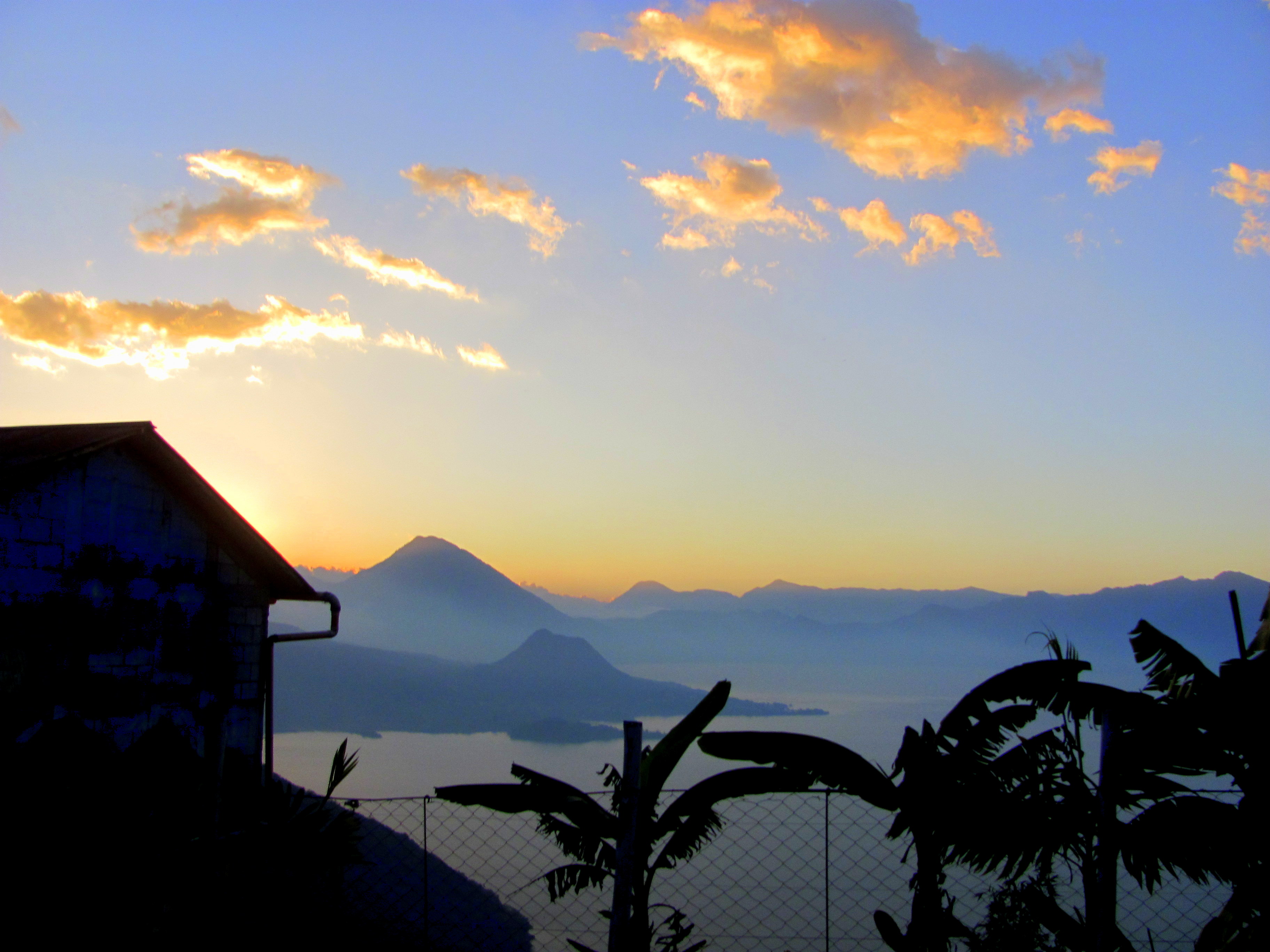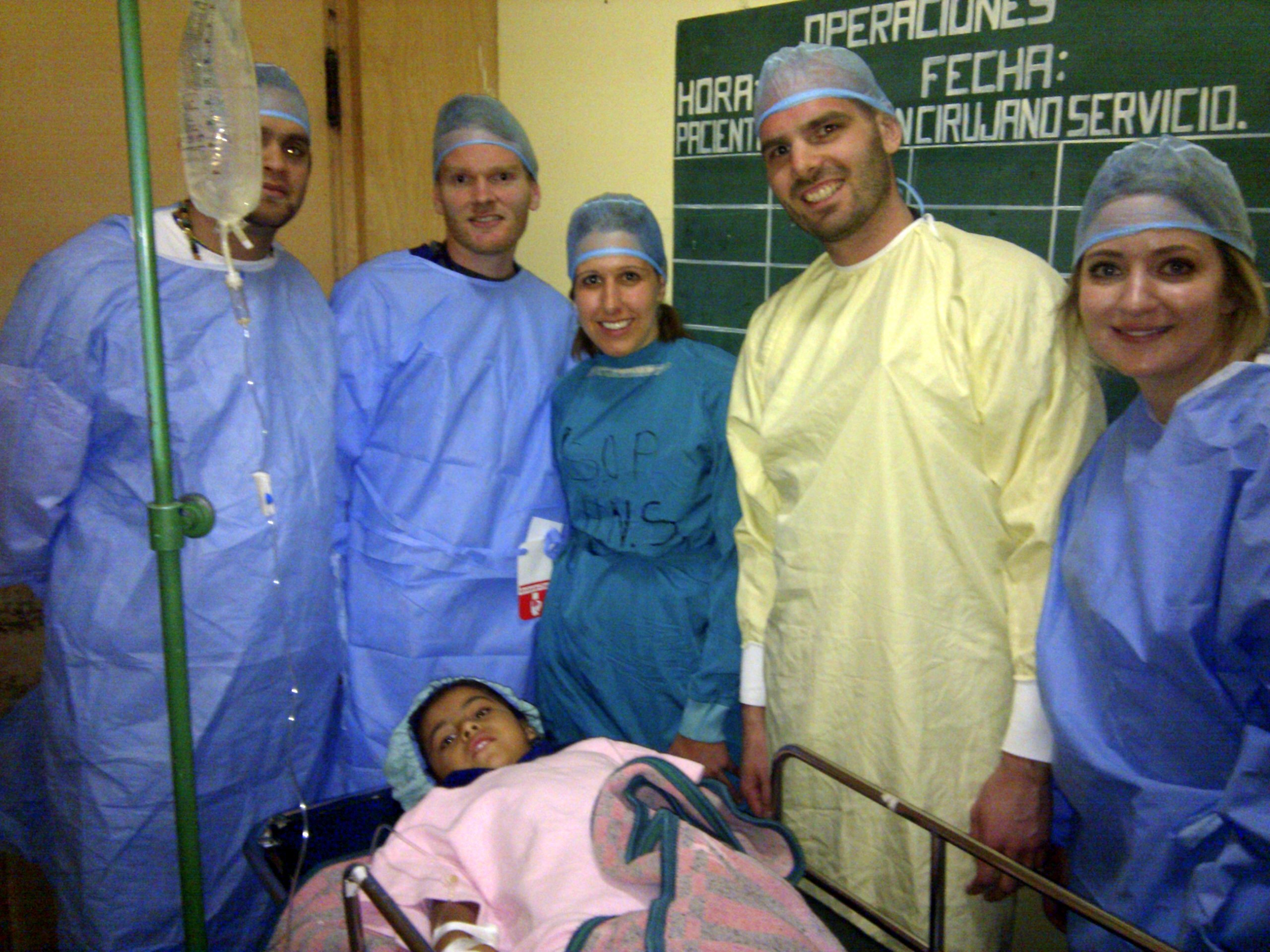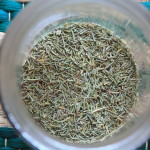We take a chicken bus to the hospital in Sololá, Guatemala. The emergency room is simple: 5 beds in a row sheltered by curtains. The sanitation conditions are questionable. There are no respirators (patients are bagged manually, all through the night) or fancy medical equipment. The emergency room is a bustling gathering place for the daily misfortunes of any of the 500,000 residents of Lago Atitlán.
My classmates and I, fresh from the airport, are dressed in navy blue scrubs, shiny and new from Walmart. I have a stethoscope around my neck: a Littman Cardio III. I’d guess that it’s the most expensive stethoscope in the hospital. It’s also auscultated the least amount of hearts; I’d be willing to bet that too.
We are introduced to the head of the ER, a middle-aged doctor, slightly weary, sitting at a desk. The ER doctor has a worn white coat, with slightly frayed sleeves, over a plaid shirt and jeans. His wire-rimmed glasses are bent, and his wavy grey hair is slicked back, suggesting an unassuming pride in appearance. His face is handsome, lined and his eyes are searching, observant, windows to a sharp intellect. His body language is relaxed and confident, but something about him tells me that he is not used to being looked at; it is he who does the looking. Today he peers over his glasses at us, taking us in. His mild gaze hints at impatience, but the corner of his mouth pulls to the side in benign amusement.
The amusement must be at our audacity to stand before him, in never-worn scrubs, with shiny stethoscopes, our faces smooth and bright, free from wrinkles worn in by the sun and worry. Our eyes must seem new, unaccustomed to sights of suffering, and our ears clear from wails of agony. He must see our minds as relatively blank slates that, if they contain anything about the diseases we will face today, it comes undoubtedly in the form of textbook lists and unattached to the names and faces of real people. He asks us some questions and, when we answer satisfactorily, he agrees to take us under his wing and have us follow him around. As he asks us questions and walks us through his process, he is attacked by spells of shyness disguising a modest sort of pride and willingness to teach. He now has four pairs of eager eyes to recognise his work.
We watch him percuss and listen and ask pointed, direct questions. He diagnoses with precise decision and then moves on to the next person. He expresses frustration with the lack of diagnostic equipment – the hospital could use a Doppler – and then, on second thought, shrugs it off: diagnosis is 80% history anyway. He diagnoses a ruptured appendix leading to peritonitis in a 5-year old girl. We watch in awe as our eyes register peritonitis: the young face twisted in agony, her mouth open, in urgent pain. The worry lines deepening on the face of her concerned father (which then light up into a smile when we meet him in the waiting room after her successful surgery and he beams at us, shaking our hands – as if we had anything to do with it!). We see our doctor’s eyes alight with excitement when he tells us later that the blood work confirms it – a ruptured appendix. You see, you really don’t need tests, just genius. That’s all.
The rest of the day follows a sampling of tiny tragedies: from depression and attempted suicide to a retained placenta. Each tableau hints at a complex family dynamic against a social backdrop of poverty and marginalization of indigenous rights and identity. Each crisis is met by the team of professionals who go to work with the quiet stoicism of those who have seen it all. They work against the injustice of this social fabric. Their lack of hysteria in the face of such dramatic sights displays not a lack of caring, but a reservation to do their best and, if that’s not good enough, bow down humbly to nature and the limitations of medicine and move on.
If there is a hero in this narrative of injustice, it is our doctor, with his unsung knowledge and expertise. His tireless work displays no glamour, but there is beauty in it; his fingers perform artist manoeuvres. They percuss and palpate, in command of a mind doing gymnastics, consulting no textbooks or medical journals, nothing but a wealth of experience and expertise blended with compassion.
At the end of the day we seem him hang up his white coat and get on his bicycle, shyly acknowledging us with a nod (“Se acabó el turno“). He turns and rides off on the rocky mountain trail that overlooks the lake. I wonder what type of housing this noble job affords him. How many people are in his family? I wonder if he chooses to bike, or if he can’t afford a car. The sun setting on the lake behind the volcanoes is breathtaking. He must ride home bathed in that view every day.
Of all the experiences we shared in Guatemala, the image of the physician, riding away on a rusty bicycle, satchel slung across his hips, has burned itself into my retinas. It symbolizes the strength of dedicated service in the face of social injustice. The true devotion to these people makes our navy blue scrubs and ruddy complexions seem ridiculous. I wonder if our doctor knows that lower on the mountain there are yoga classes, boat rides and hippies getting drunk, while he and his colleagues concern themselves with the shortage of surgical booties. I’m sure he knows this. I wonder if his heart burns with the sour irony of it all. But there is no room for bitterness. After the Westerners leave, which they all do eventually, he’ll remain, riding in to greet the new emergencies of Sololá, day after day, on his rusty bicycle. There is still work to be done.










Hi Talia,
I am glad I took the time to read this beautiful story. Thank you for sharing – it stands refreshing from all the other similar blogs out there and you are doing a fantastic job with yours! Keep up the great work and I will certainly be sharing them on our twitter channel.
Janelle
Thanks, Janelle,
I appreciate the Twitter shares from Healthwave. I look forward to using your services when I graduate! We’ll be sure to keep in touch.